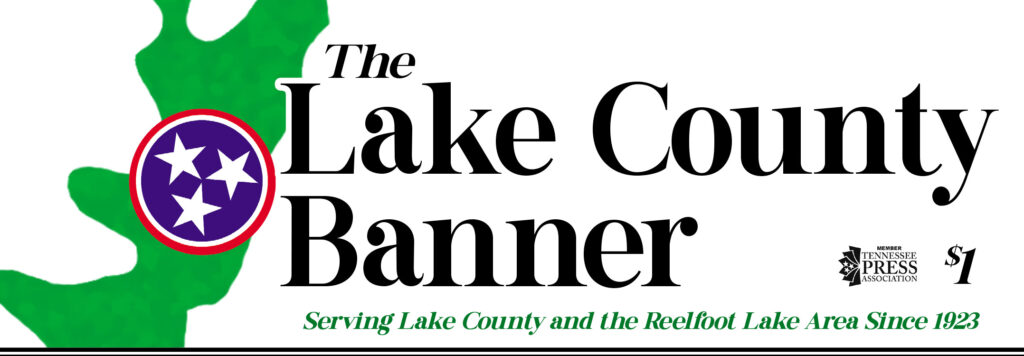As a famous symbol and relic for the nation, the American flag has been the focus of various transformations that contribute to its design today. One of the first versions showcased thirteen stars and stripes, representing the first colonies to join the country. Along with its many changes, the national banner has seen a fair share of misconceptions surrounding its history and origins.
Here’s a closer look at five interesting myths about the American flag that you probably didn’t know.
#1: Stars and Stripes Were Always Part of The Design
America’s earliest representation of the national banner was absent of the notable star and stripe combo you’re familiar with today. While one of the first designs of the American flag utilized stripes, it displayed the British Union Jack in the upper left-hand corner, otherwise known as the canton.
Congress didn’t officially adopt the version with the thirteen stars and stripes until 1777.
#2: Any Flag That Touches the Ground Must Be Destroyed
According to the Flag Code, banners should never contact anything underneath them, including the ground and water. People often believe that if a US flag touches one of these surfaces, you must destroy it. However, that isn’t always true.
You should only burn worn-out American flags that have undergone excessive damage. A worn-out banner is unfit to display, making burning the preferred method of destruction.
#3: Wearing Clothing That Bears the Banner Is Against the Law
While sporting clothing made from an actual American flag breaches Flag Code etiquette, apparel that bears the national banner is not illegal or against any rules. Many individuals display patriotism by wearing items that showcase the US flag or resemble its colors.
#4: You Can Not Fly a Flag at Night
While the Flag Code states that you should only display banners from sunrise to sunset, an American flag can stand tall twenty-four hours a day as long as it has the appropriate amount of illumination. This stipulation is essential for passersby to distinguish the flag’s presence.
#5: The Colors on the Flag Do Not Have Official Meanings
Despite contrary belief, the colors on the national banner didn’t have an official meaning until five years after the first formal adoption and implementation of the flag. In 1782, a secretary of the Continental Congress by the name of Charles Thompson described his interpretation of each color while helping to create the Great Seal of the US.
Red meant hardiness and valor, white represented purity and innocence, and blue symbolized vigilance, perseverance, and justice.
While many people display the banner with respect and pride, some individuals don’t realize that there are interesting myths about the American flag that can affect its iconography and representation.







